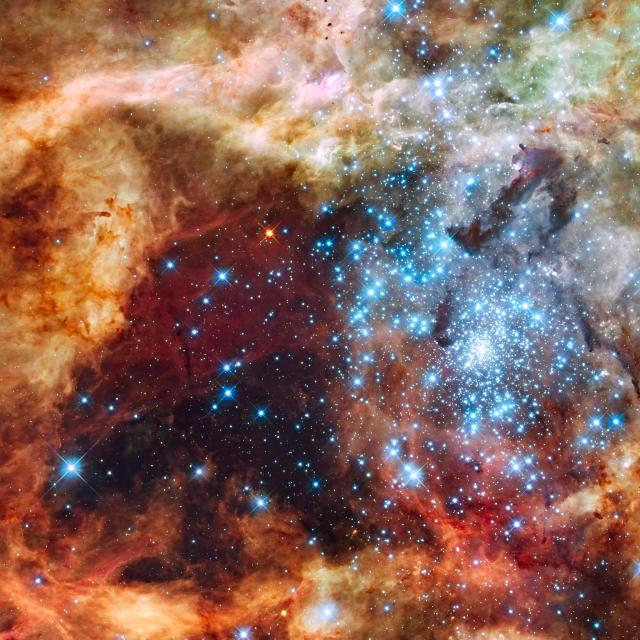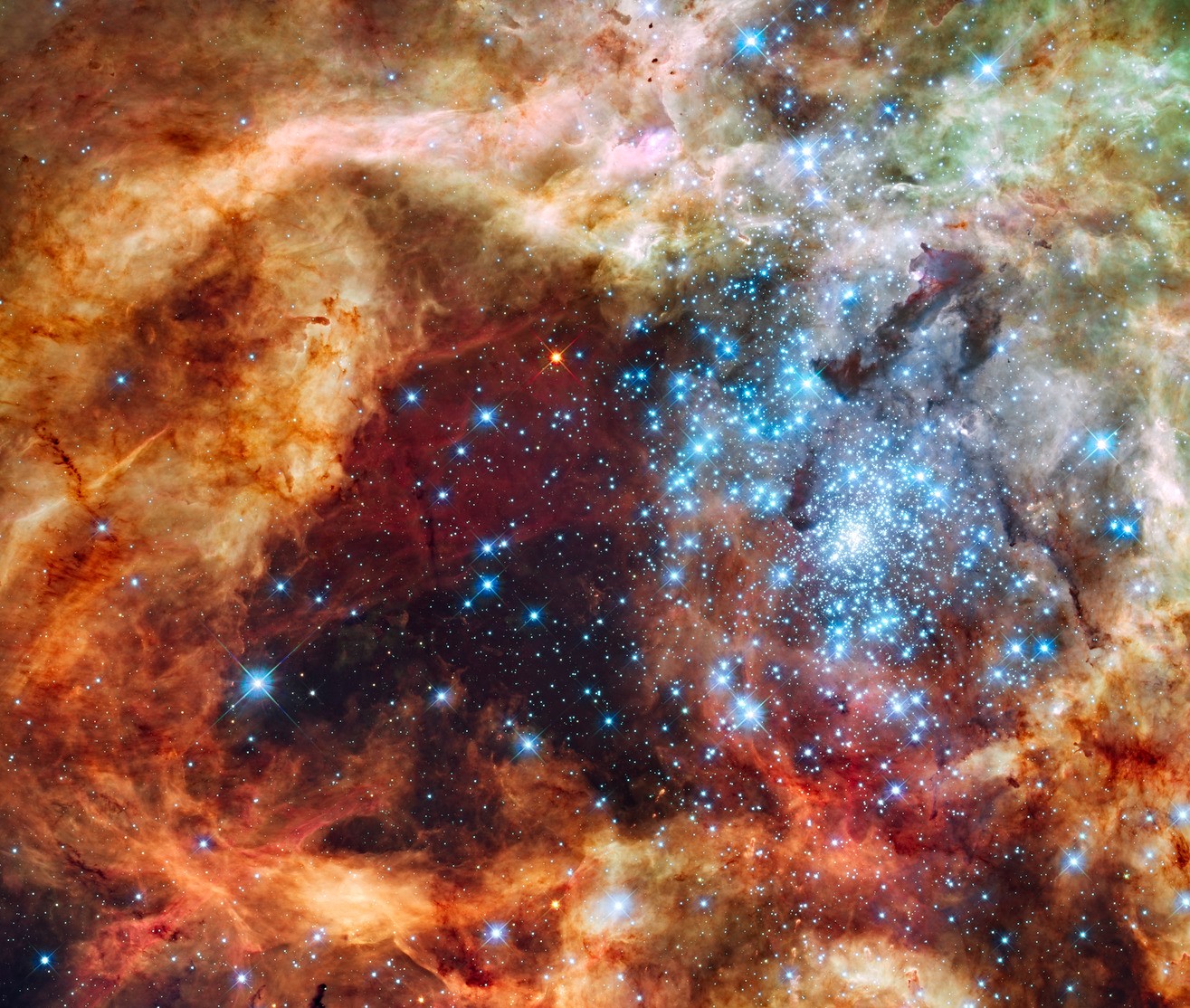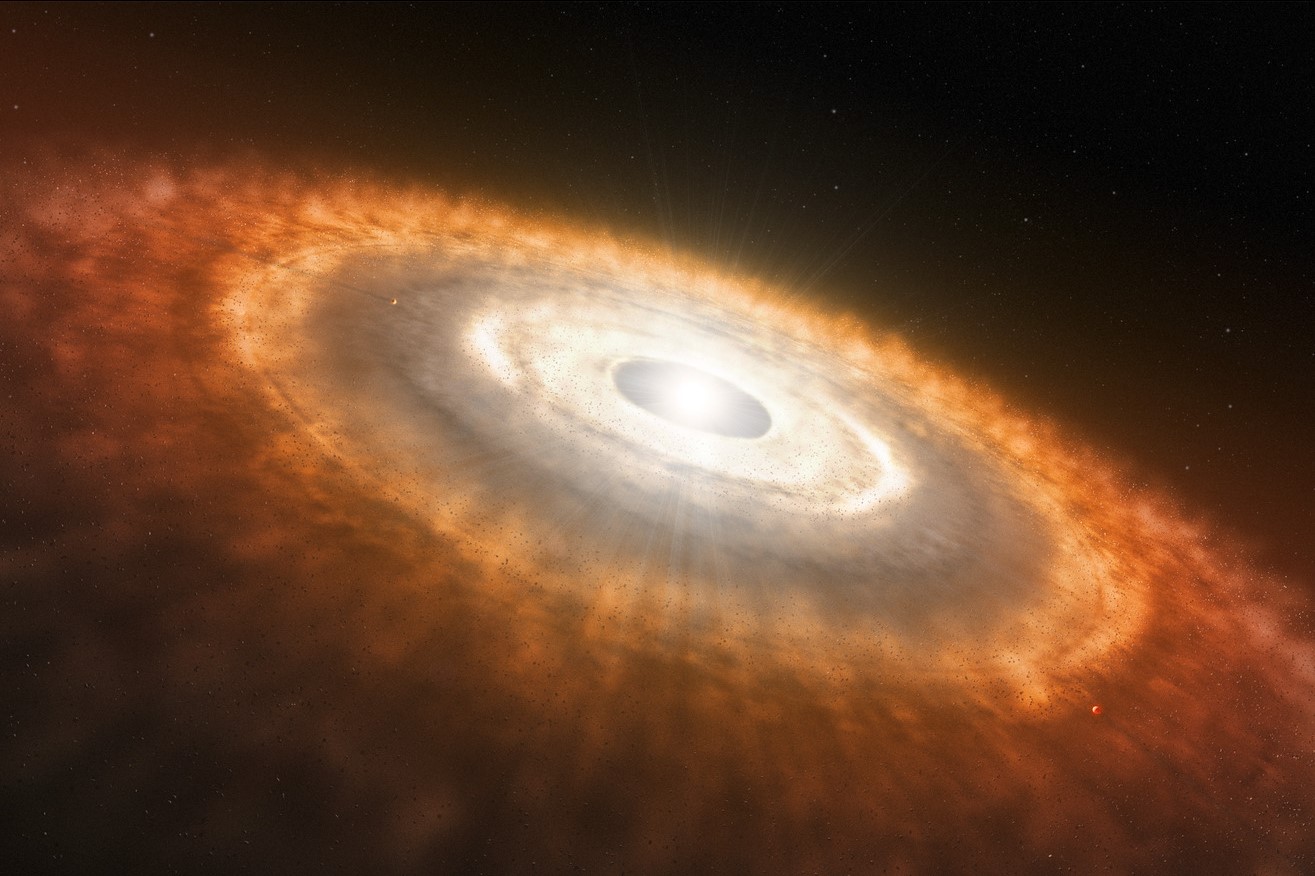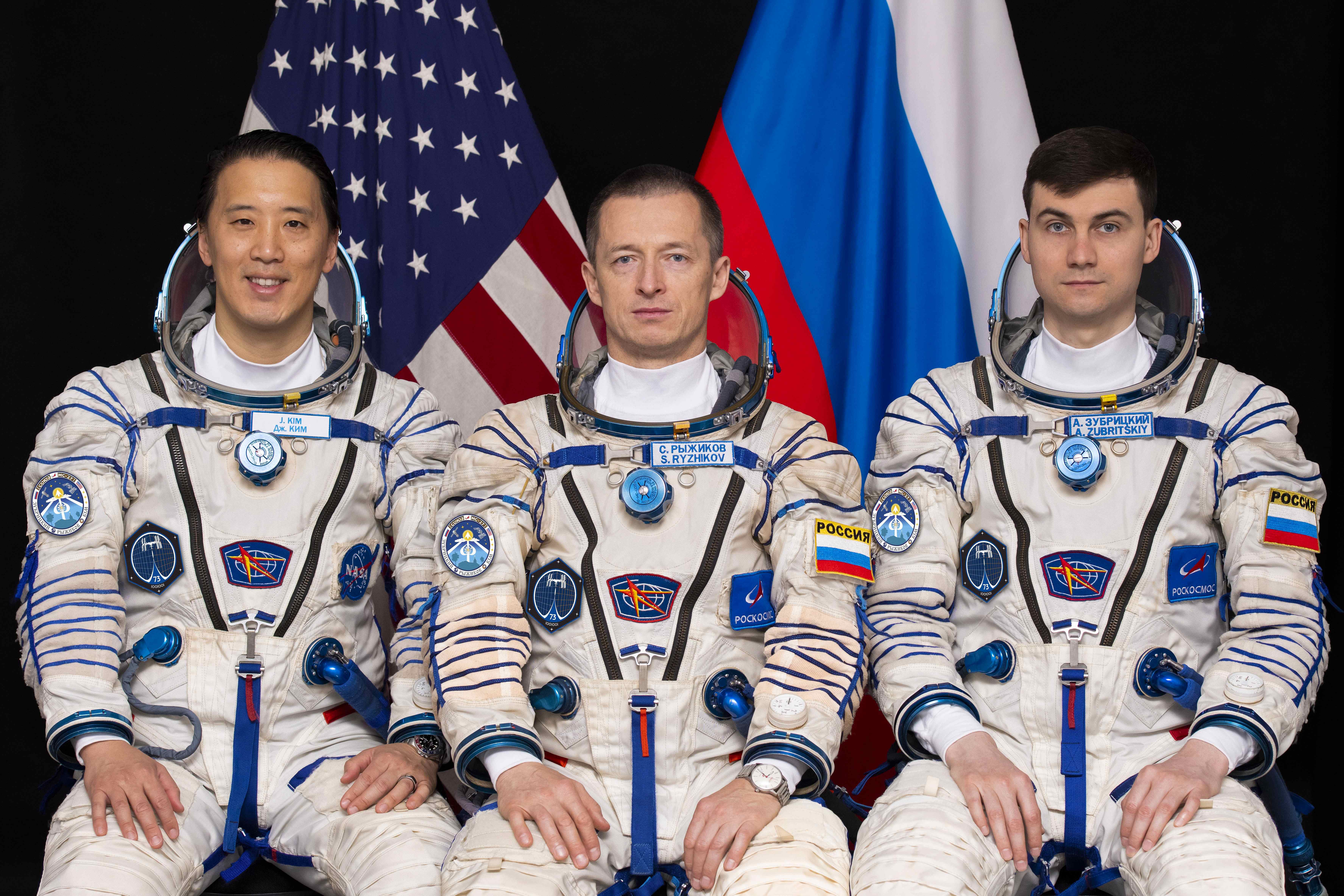Three-Year Study of Young Stars with NASA’s Hubble Enters New Chapter
In the largest and one of the most ambitious Hubble Space Telescope programs ever executed, a team of scientists and engineers collected information on almost 500 stars over a three-year period. This effort offers new insights into the stars’ formation, evolution, and impact on their surroundings. This comprehensive survey, called ULLYSES (Ultraviolet Legacy Library of Young […]

4 min read
Three-Year Study of Young Stars with NASA’s Hubble Enters New Chapter
In the largest and one of the most ambitious Hubble Space Telescope programs ever executed, a team of scientists and engineers collected information on almost 500 stars over a three-year period. This effort offers new insights into the stars’ formation, evolution, and impact on their surroundings.
This comprehensive survey, called ULLYSES (Ultraviolet Legacy Library of Young Stars as Essential Standards), was completed in December 2023, and provides a rich spectroscopic dataset obtained in ultraviolet light that astronomers will be mining for decades to come. Because ultraviolet light can only be observed from space, Hubble is the only active telescope that can accomplish this research.


“I believe the ULLYSES project will be transformative, impacting overall astrophysics – from exoplanets, to the effects of massive stars on galaxy evolution, to understanding the earliest stages of the evolving universe,” said Julia Roman-Duval, Implementation Team Lead for ULLYSES at the Space Telescope Science Institute (STScI) in Baltimore, Maryland. “Aside from the specific goals of the program, the stellar data can also be used in fields of astrophysics in ways we can’t yet imagine.”
The ULLYSES team studied 220 stars, then combined those observations with information from the Hubble archive on 275 additional stars. The program also included data from some of the world’s largest, most powerful ground-based telescopes and X-ray space telescopes. The ULLYSES dataset is made up of stellar spectra, which carry information about each star’s temperature, chemical composition, and rotation.
One type of stars studied under ULLYSES is super-hot, massive, blue stars. They are a million times brighter than the Sun and glow fiercely in ultraviolet light that can easily be detected by Hubble. Their spectra include key diagnostics of the speed of their powerful winds. The winds drive galaxy evolution and seed galaxies with the elements needed for life. Those elements are cooked up inside the stars’ nuclear fusion ovens and then injected into space as a star dies. ULLYSES targeted blue stars in nearby galaxies that are deficient in elements heavier than helium and hydrogen. This type of galaxy was common in the very early universe. “ULLYSES observations are a stepping stone to understanding those first stars and their winds in the universe, and how they impact the evolution of their young host galaxy,” said Roman-Duval.
The other star category in the ULLYSES program is young stars less massive than our Sun. Though cooler and redder than our Sun, in their formative years they unleash a torrent of high-energy radiation, including blasts of ultraviolet light and X-rays. Because they are still growing, they are gathering material from their surrounding planet-forming disks of dust and gas. The Hubble spectra include key diagnostics of the process by which they acquire their mass, including how much energy this process releases into the surrounding planet-forming disk and nearby environment. The blistering ultraviolet light from young stars affects the evolution of these disks as they form planets, as well as the chances of habitability for newborn planets. The target stars are located in nearby star-forming regions in our Milky Way galaxy.
The ULLYSES concept was designed by a committee of experts with the goal of using Hubble to provide a legacy set of stellar observations. “ULLYSES was originally conceived as an observing program utilizing Hubble’s sensitive spectrographs. However, the program was tremendously enhanced by community-led coordinated and ancillary observations with other ground- and space-based observatories,” said Roman-Duval. “Such broad coverage allows astronomers to investigate the lives of stars in unprecedented detail and paint a more comprehensive picture of the properties of these stars and how they impact their environment.”
To that end, STScI hosted a ULLYSES workshop March 11–14 to celebrate the beginning of a new era of research on young stars. The goal was to allow members of the astronomical community to collaborate on the data, so that they could gain momentum in the ongoing analyses, or kickstart new ideas for analysis. The workshop was one important step in exploiting this legacy spectral library to its fullest potential, fulfilling the promise of ULLYSES.
The Hubble Space Telescope has been operating for over three decades and continues to make ground-breaking discoveries that shape our fundamental understanding of the universe. Hubble is a project of international cooperation between NASA and ESA (European Space Agency). NASA’s Goddard Space Flight Center in Greenbelt, Maryland, manages the telescope and mission operations. Lockheed Martin Space, based in Denver, Colorado, also supports mission operations at Goddard. The Space Telescope Science Institute in Baltimore, Maryland, which is operated by the Association of Universities for Research in Astronomy, conducts Hubble science operations for NASA.
Media Contacts:
Claire Andreoli
NASA’s Goddard Space Flight Center, Greenbelt, MD
claire.andreoli@nasa.gov
Ann Jenkins / Ray Villard
Space Telescope Science Institute, Baltimore, MD
Science Contact:
Julia Roman-Duval
Space Telescope Science Institute, Baltimore, MD
Share
Details
Related Terms
What's Your Reaction?












































